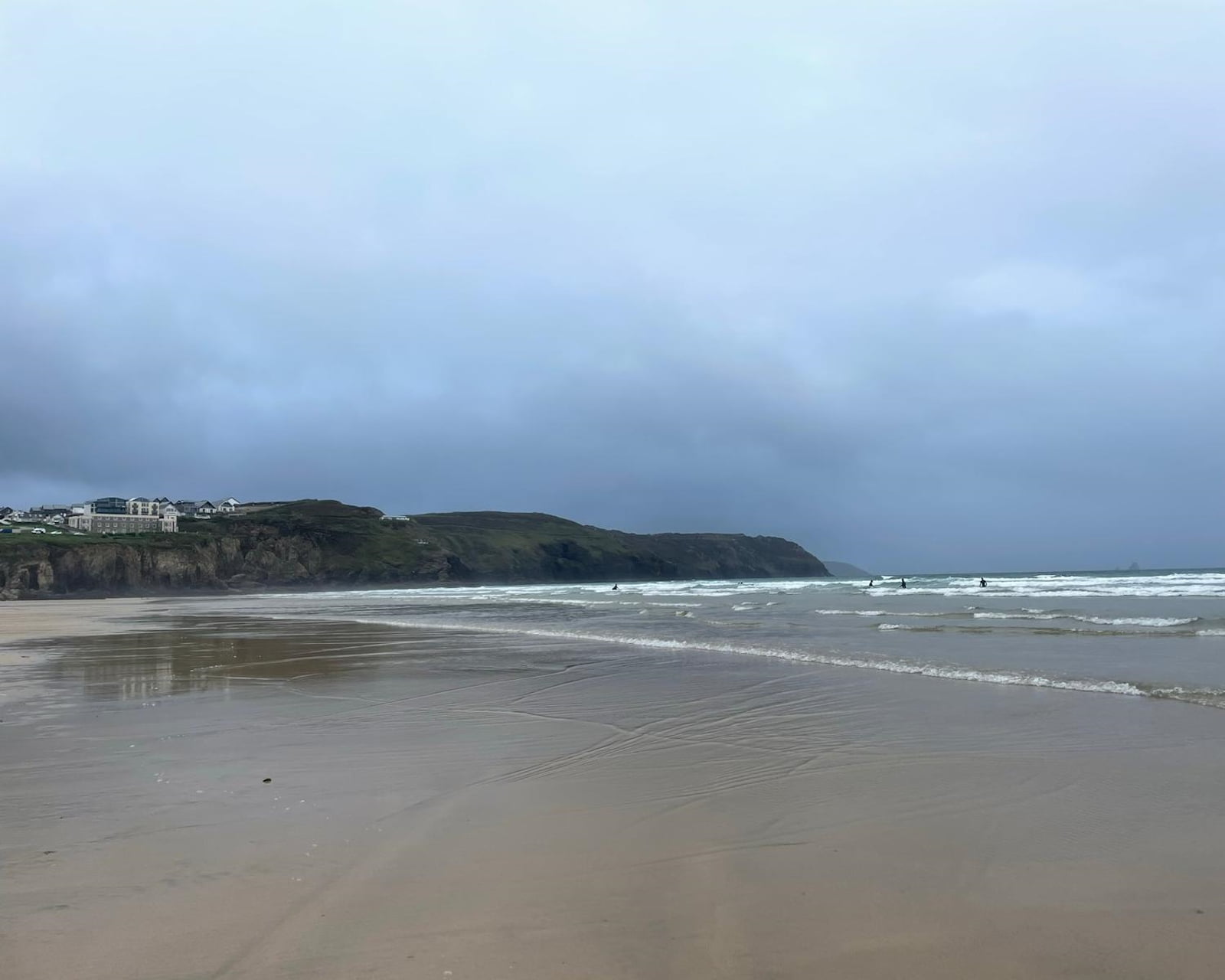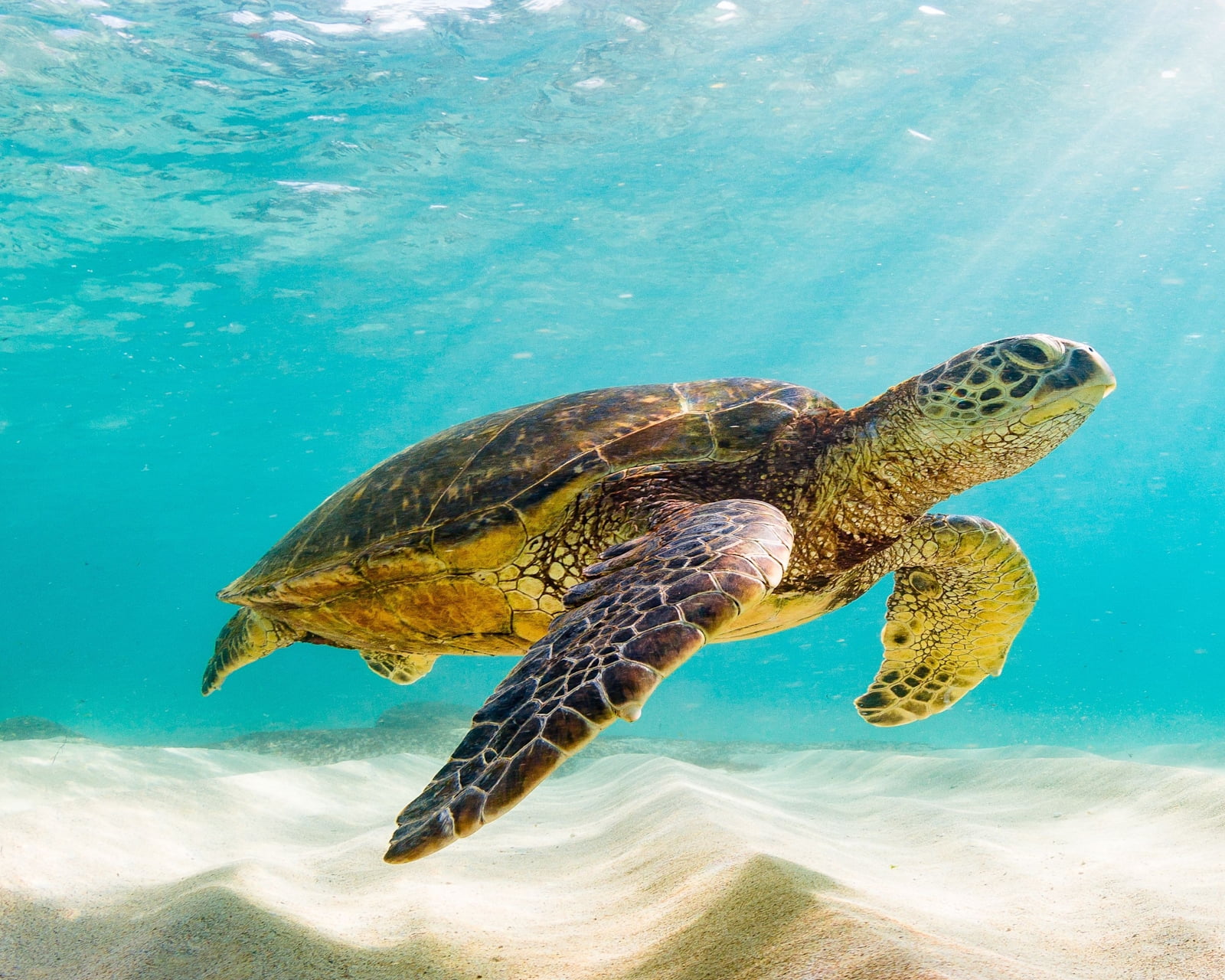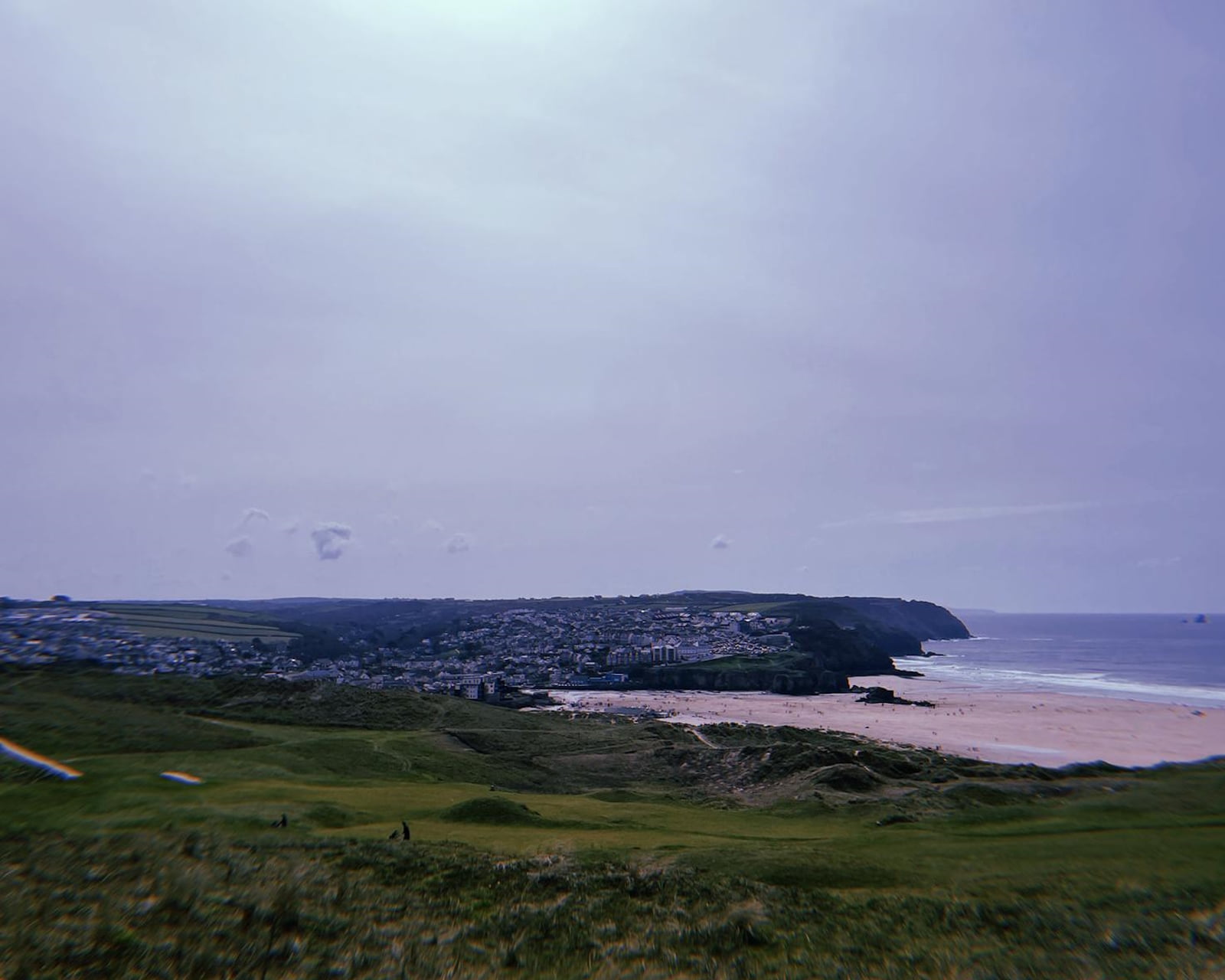Rush and Crush
The sea rescue turtles
Down below in the deep blue sea
Is Rush and Crush, as helpful as can be
Rush is brown and very spotty
But Crush is green and hardly dotty!
Together, they rescue the animals in need
Toby is first, the smallest of turtles
He thought he had jellyfish for dinner,
But now his tummy is hurtful
Rush and Crush look inside Toby’s tummy
And find something that looks rather funny!
This isn’t a jellyfish from the sea, this is a plastic bag I can see!
Walter is next, the big blue whale
But he looks sad and rather pale
When Rush and Crush arrive to help him,
They realise he is stuck, something is caught on his fin!
“I have seen this before,” Crush will say, “The big fishing nets human use, they leave them here and sail away!”
Last but not least is Gilly the gull,
Who is always so happy but today looks gloomy and dull
When Rush swims closer to Gilly to see,
He says, “I cannot believe what’s in front of me!”
A long pink straw is stuck in Gilly’s beak
And Crush screams “I cannot bare to peak!”
After a long day, Rush and Crush swim home
They are sad, after all that they know
If only humans could see what we see,
Maybe they’d keep the ocean much more clean
Please be careful what you do with your rubbish,
Otherwise us sea animals suffer and we feel punished!
Influences
The use of the storytelling framework in sustainability by Schluetz (2016), Heimes (2016) and Hinyard & Kreuter (2007) loosely influences the structure and content of my poem. This poem is intended to be used for children ages 5-7, Key Stage 1 (KS1).
The use of anthropomorphism has successfully been used in Japan, it makes whatever people are reading about interesting and relatable. This is important when engaging audiences to ensure individuals feel empowered to make an approach towards sustainability. Watts and Bentley (1993) argue that using anthropomorphism with children is a starting point and that they will grow into this way of learning as it is apart of Japanese culture, therefore used to educate all ages. Dorion (2011) makes an interesting point that anthropomorphism can be used to reiterate different ideas at different stages of children’s education. Rush and Crush could be used at the teacher’s discretion, using them as an icon when starting to introduce a similar topic at a later age or use them as a reminder to deepen children’s understanding of plastic waste disposal.
Whilst anthropomorphism might be considered to “unintendedly reduce complexity”, Taber and Watts (1996) argue that “is it not there to be taken so literally”. Even the American Association for the Advancement of Science argues that an interest in reading is more important that “rigidly correct impressions…”. I believe by making scientific issues more interesting to read, children will be naturally curious and go on to further deepen their understanding on their own because they feel inspired to.
INFORMATION
Instructions to Teachers [Download]
REFERENCES
Molthan-Hill, P., Luna, H., Wall, T., Puntha, H. and Baden, D. (2020).
Storytelling for Sustainability in Higher Education: an Educator’s Handbook. Routledge, pp.42, 46, 47.
Wood, M. (2019).
The Potential for Anthropomorphism in Communicating Science: Inspiration from Japan. Cultures of Science, [online] 2(1), pp.23–34. doi:https://doi.org/10.1177/209660831900200103.
CATEGORIES
Storytelling
Anthropomorphism
My Portfolio
ARTICLES | RESEARCH | PRESS RELEASES

“Let us permit nature to have her way. She understands her business better than we do”







